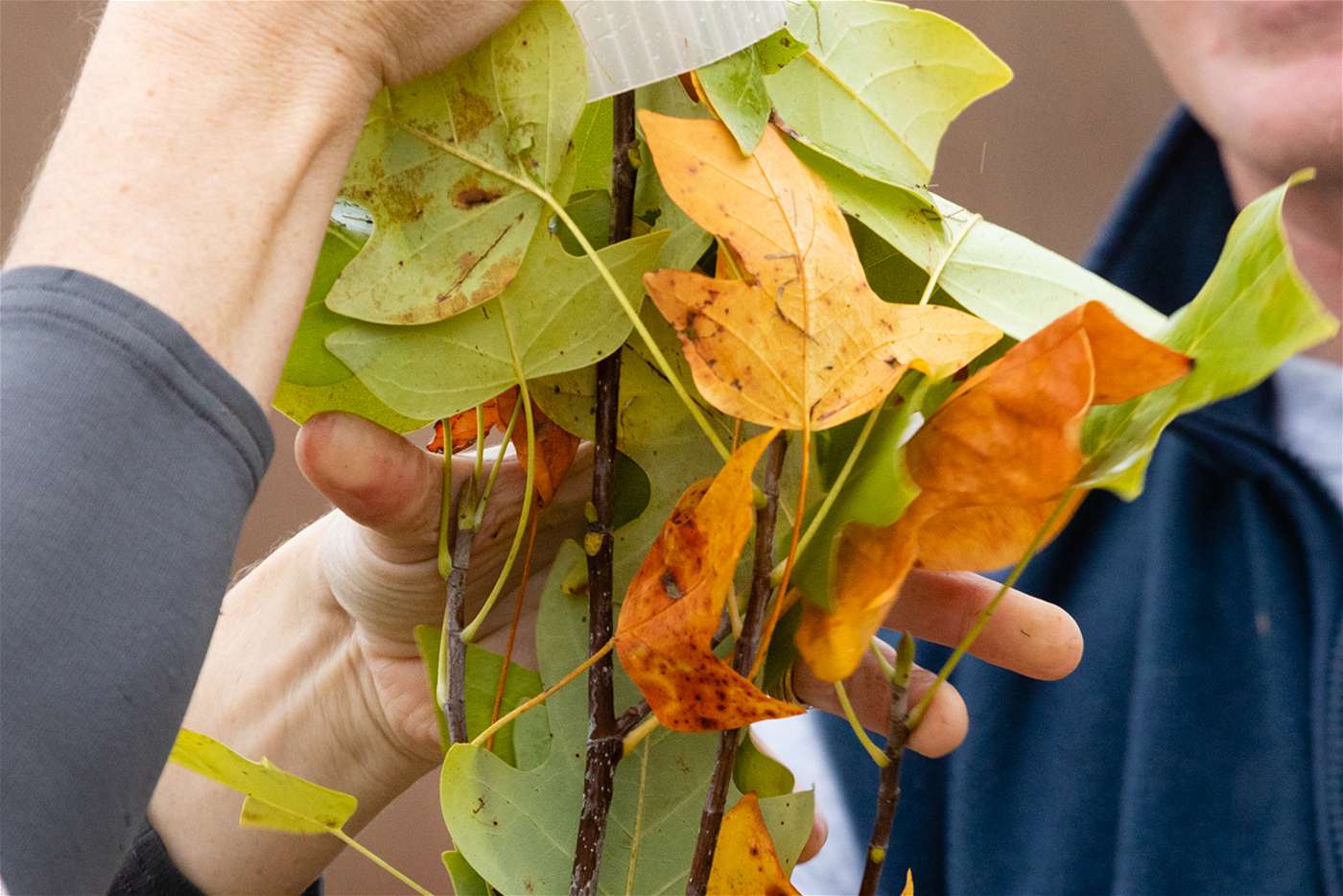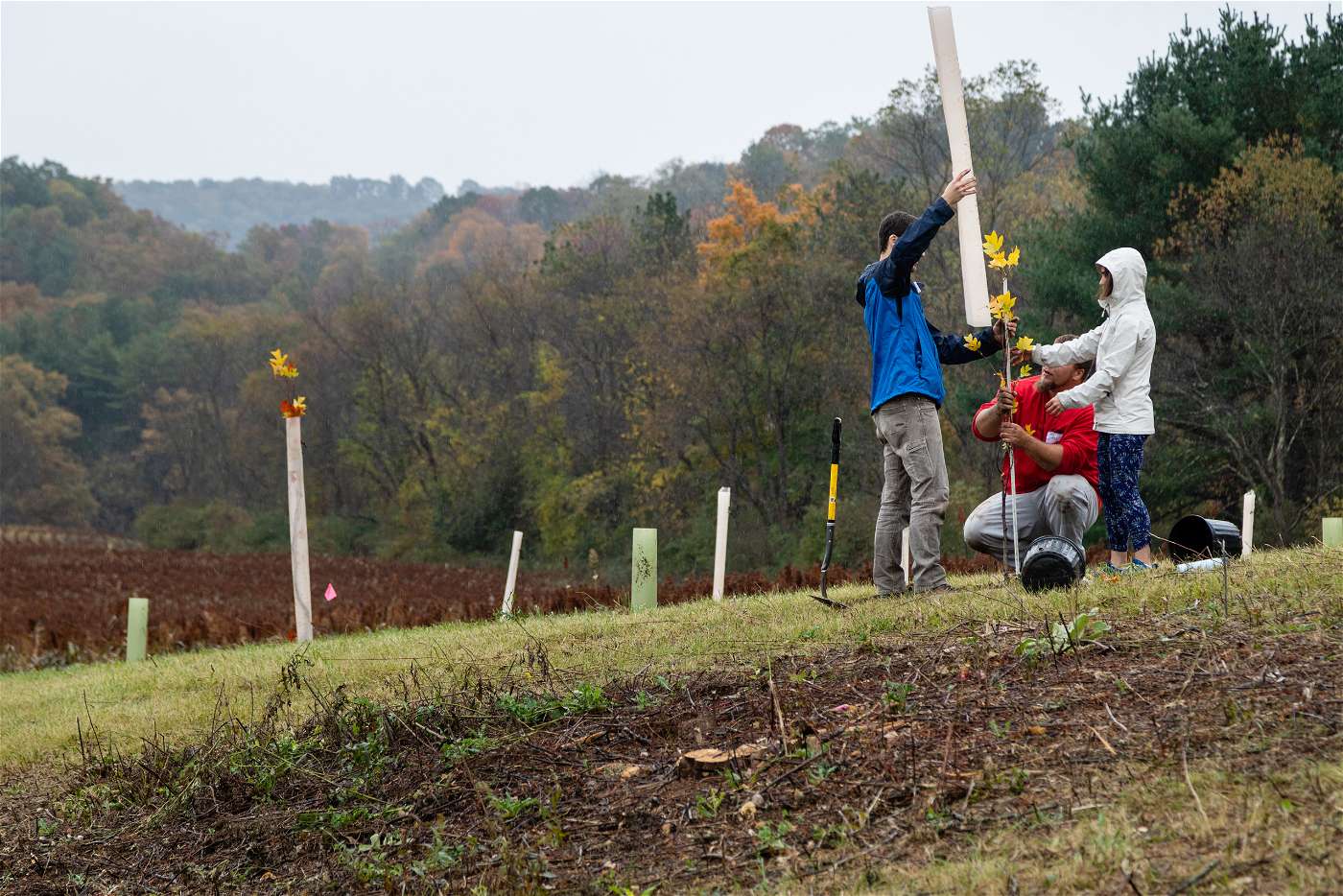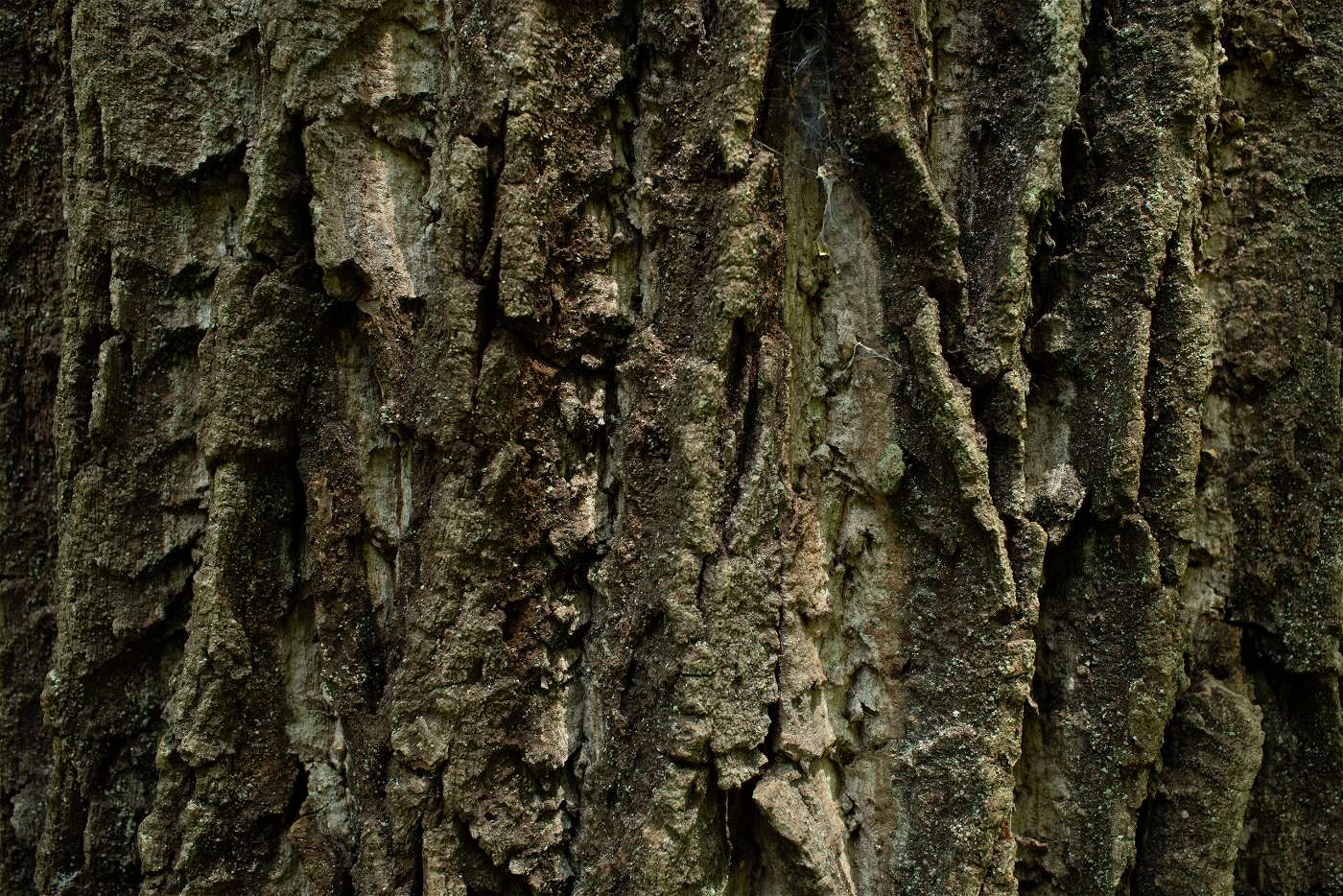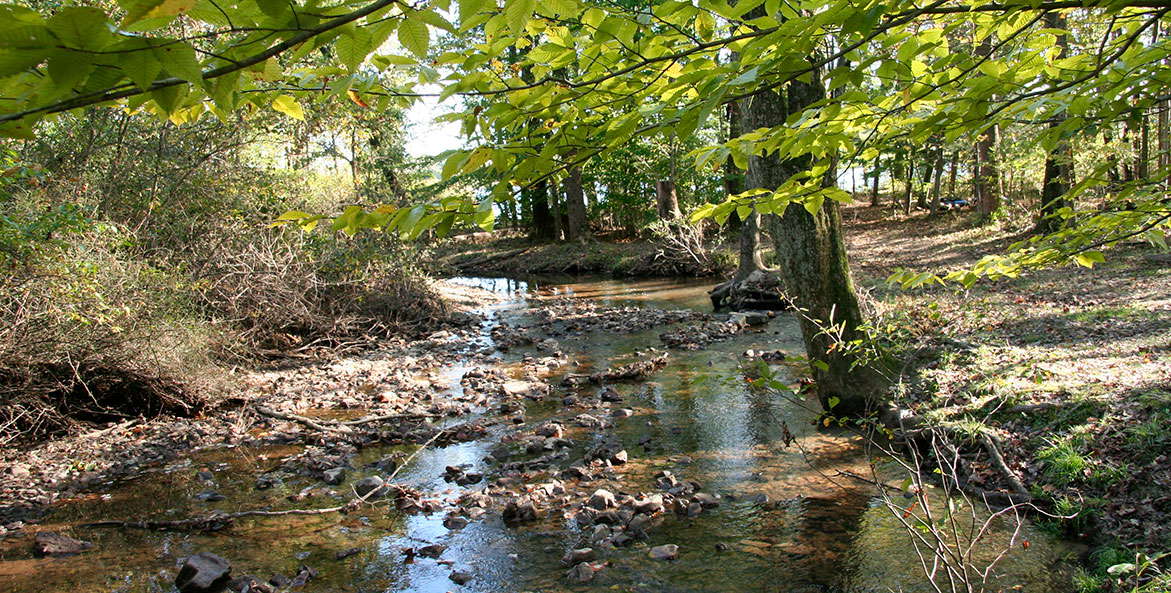
We all know that trees are good for our families, our land, and our future. Let’s dig into why.
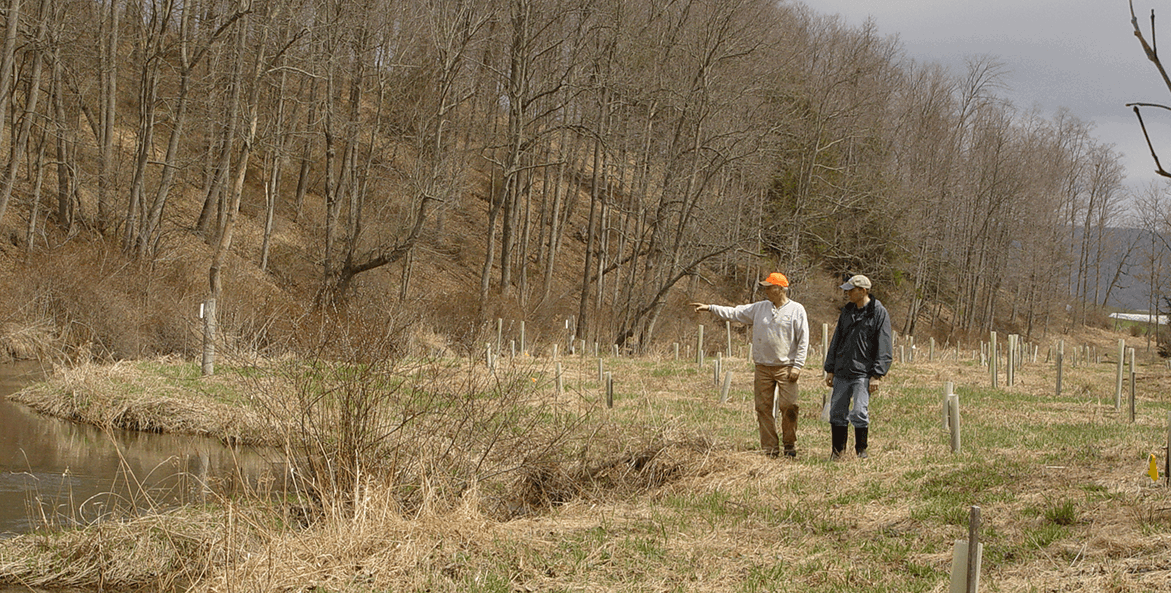
Photo Credit: BJ Small
JUST THE FACTS
The benefits of trees in black and white (and a little bit of green).
Health Benefits
Trees filter, absorb, and break down pollutants that would otherwise make their way into the water we drink and the air we breathe, where they potentially pose considerable health risks. Beyond that:
- Spending time around trees and looking at trees can reduce stress, lower blood pressure, and improve mood. (Source: NY DEC)
- Surgery patients who could look upon a grove of deciduous trees recuperated faster and required less pain-killing medicine than matched patients who viewed only brick walls. (Source: World Forestry Center)
- Trees filter airborne pollutants and can help alleviate the conditions that cause asthma. In one study, stands of trees reduced particulates by 9 to 13 percent, and the amount of dust reaching the ground was 27 to 42 percent less under a stand of trees than in an open area. (Source: World Forestry Center)
- Forested watersheds provide quality drinking water to more than 180 million Americans. (Source: USDA Forest Service). It is estimated that 56 percent of Pennsylvanians get their drinking water from surface waters, including 43,000 miles of streams, 2,300 reservoirs, and 76 natural lakes. (Source: Penn State University)
- Check out the below video about air pollution to learn more.

What is air pollution? Where does it come from? And how can we help improve air quality?
Find the answers to these questions and more!
Community Benefits
Planting trees is a small act that can help leave a lasting legacy for our families and communities for generations to come. They provide recreational opportunities for us to do the outdoor activities we love like fishing, hunting, and hiking. They also beautify our communities and reduce crime, making our homes and neighborhoods safe, pleasing places to live.
- Love to fish? Take a hike? We often take for granted the value of outdoor activities that trees have an important part in providing for us. The USDA Forest Service calculated the value of various recreational opportunities on national forests and grasslands. Below are some of the values of outdoor activities to the average individual. Taken all together, recreation across the national forest system is valued at $14 billion annually! (Source: USDA Forest Service, 2018)
- A study in Chicago found that for every 10 percent increase in tree canopy cover, crime rates reduced by 11 percent in several categories. Interestingly, this study also found that trees were more predictive of crime reduction than parks. Similar results were found in other urban studies, including Baltimore, New Haven, and Vancouver. (Source: The Greater Good Science Center at the University of California, Berkeley)
- A single street tree on a block raises the value of every house on the block by $2,000, except the house where the street tree is located. Here, the value of that house is raised by $7,000! If the street is lined with trees, the value of every house is raised by $22,000. (Source: Congress for the New Urbanism)
- Trees and the shade they cast contribute to longer pavement life due to reduced heating/cooling (expansion/contraction) of asphalt, adding up to 40-60 percent more life to asphalt. (Source: Arbor1 Tree Service).
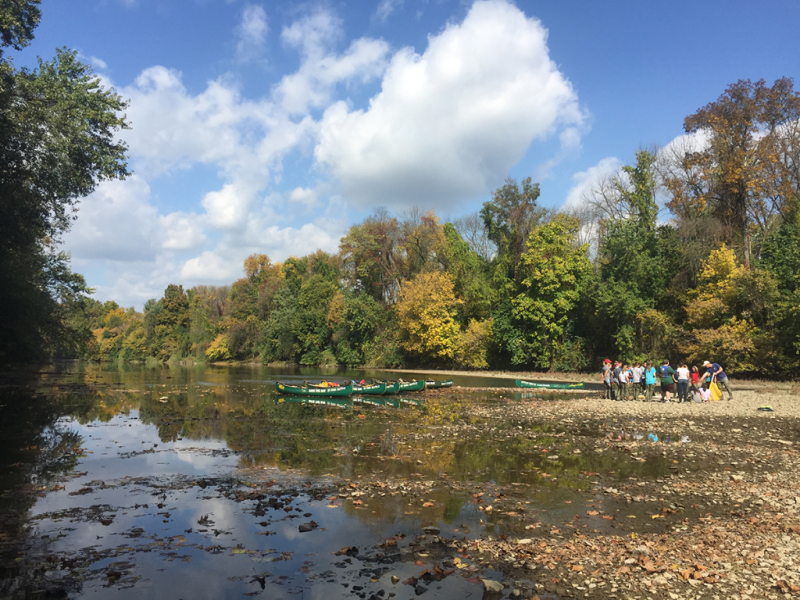
Environmental Benefits
Trees provide food, shelter, and clean water for critters like the hellbender, brook trout, pollinators, various birds, and countless other animals. Trees are also one of the most cost-effective tools for reducing and filtering runoff, stabilizing streambanks, and supercharging the ability of the stream to cleanse itself. In fact, a 2018 study found that a single acre of streamside forests provides over $10,000 in “natural benefits” annually.
- Hellbenders, our state amphibian and a species of concern, critically rely on cold, clean water to survive, as they breathe through their skin and need exposed rocks to nest. Trees are a vital part of providing shade and reducing sediment and other pollutants that threaten their habitat. (VIDEO: Hellbender)
- You know who also relies on cold, clean water? Brook trout! They are the only trout native to Pennsylvania and are the Keystone state fish. Brook trout once lived all along the Appalachian spine from Georgia to Maine, but researchers estimate just 8 percent of watersheds that historically supported brook trout are intact—meaning wild trout are present in at least half of the watershed. Sediment can smother the aquatic insects they feed on and bury the gravel beds where they lay their eggs. and rising stream temperatures threaten their existence. Trees planted along streams can slow water flowing off the land, filtering sediment before entering the stream and providing essential shade to cool the water. (Source: Save the Bay Magazine, Winter Issue 2021)
- Buffers aren’t just beneficial for in-stream life. In the United States, one third of all agricultural output depends on pollinators (USDA). Adding a riparian buffer to your stream may not only improve crop outputs but also provides important food and habitat for pollinators. Bees, moths, birds, and butterflies are attracted to a wide variety of native trees, shrubs, and plants that flourish in a riparian buffer and other tree plantings. Trees such as honey locust and basswood, shrubs like blueberry and red osier dogwood, and plants such as goldenrod and milkweed are all important, pollinator friendly and buffer friendly species.
- It is estimated that a 100-foot wide streamside buffer that is 1 mile long can provide 12 acres of habitat and support over 50 species of wildlife, including important small and large game species like turkeys and deer! (Source: Pennsylvania Native Trees and Shrubs: A Landscaping Guide)
Stormwater Management
- Trees reduce the impact of stormwater runoff by incepting rainfall, enhancing the ability of soils to absorb water, increasing evapotranspiration into the air, and by filtering our pollutants.
- A mature evergreen can intercept more than 4,000 gallons of rainwater per year. (Source: Penn State Ext)
- In urban and suburban settings, a single deciduous tree can intercept from 500 to 760 gallons of rainwater per year. (Source: Penn State Ext)
- Streamside forests capture, absorb, and store amounts of rainfall up to 40 times greater than disturbed soils, like agricultural fields or construction sites, and 15 times more than turf grass.
- Research has consistently concluded that projects which preserve and restore buffer systems often require less or smaller-sized stormwater infrastructure.
Clean Water
- Pennsylvania is a water-rich state and has the most stream miles (85,568 miles to be exact!) of any state in the Lower 48! Approximately 1/3 (28,000 miles) of our state’s streams are impaired and do not meet water quality standards. Planting trees, especially along streams, are an important and cost-effective tool to restoring the health of our streams. Their complex root system stabalizes streambanks, reduces erosion, helps filter pollutants from runoff, and increases groundwater recharge. (Source: PA DEP Integrated Report)
- A forested riparian buffer with a width of 35 ft can reduce up to 50% of nitrogen, 65% of phosphorus, and 80% of sediment from runoff. These numbers increase to 90-95% across all categories when the buffer width increases to 100 ft. (Source: Lowrance et al, 2001)
- Trees in a riparian buffer increase a stream’s ability to process nutrients and organic matter itself by 2 – 8 fold! (Source: Stroud Water Research Center, Upstream Newsletter, Vol. 2014, Issue 1)
Climate Resilience
- Urban and suburban trees can substantially reduce the “heat island effect.” According to the USEPA, shaded surfaces may be 20–45°F cooler than the peak temperatures of unshaded materials. And, the enhanced evapotranspiration trees provide, alone or in combination with shading, can help reduce peak summer temperatures by 2–9°F. (Source: USEPA)
- By providing organic matter, trees enhance the ability of soils to capture and hold carbon from the atmosphere. (Source: National Forest Foundation)
- A mature tree absorbs carbon dioxide at a rate of 48 pounds per year. In one year, an acre of forest can absorb twice the CO2 produced by the average car’s annual mileage (26,000 miles). (Source: Arbor Day Foundation)
- One study calculates that, by planting a trillion trees, we could capture nearly 830 billion tons of CO2 from the atmosphere. That’s roughly the amount of carbon pollution humans have emitted over the past 25 years. So let’s do our part and plant 10 million for the Keystone State!
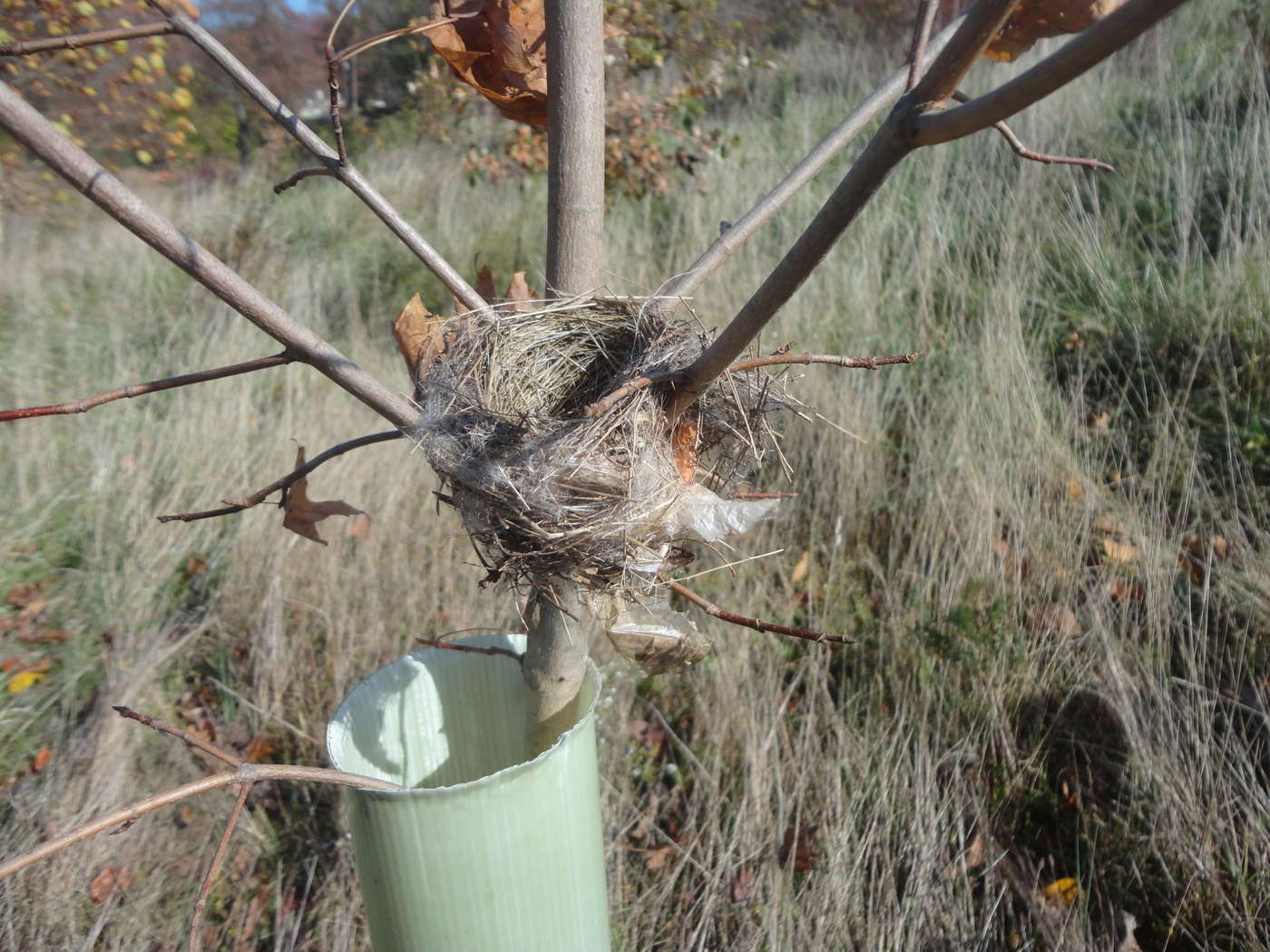
Our Economy
Trees reduce annual heating and cooling bills for a typical residence, decrease drinking water treatment costs, increase property values, increase productivity of farmland, and trim the costs of flood damage and stormwater treatment.
- Livestock productivity is greater when they have access to clean water. Riparian buffers, when combined with fencing to exclude livestock, protect the water and filter out pollutants like excess nitrogen and phosphorus.
- Implementing a riparian forest buffer with exclusion fencing can also reduce unwanted vet bills. Studies have shown that excluding livestock from water can improve herd health by preventing exposure to organisms that cause hoof rot, environmental mastitis, and jaundice to name a few.
- Implementing a buffer with exclusion fencing can increase profits! Studies have shown that beef cattle with access to an alternative watering source have shown weight gain increases and dairy cattle have seen overall production increases and increase in butterfat.
- Riparian buffers help filter E. coli, a harmful bacteria, from surface waters.
- Recreational fishing provides over $4.75 billion of increased economic activity to Pennsylvania’s local communities. Buffers, by providing fundamental habitat and maintaining cool waters, play a significant role in supporting this beloved sport and economic activity. (Source: Upneja et al, 2001)
- Trees can be a stimulus to economic development, attracting new business and tourism. Commercial retail areas are more attractive to shoppers, apartments rent more quickly, tenants stay longer, and space in a wooded setting is more valuable to sell or rent. (Source: Arbor Day Foundation)
- A single street tree on a block raises the value of every house on the block by $2,000, except the house where the street tree is located. Here, the value of that house is raised by $7,000! If the street is lined with trees, the value of every house is raised by $22,000. (Source: Congress for the New Urbanism)
- Fairfax County, VA estimated that forested landscapes provided almost $57 million (in 1999), which equates to about $95 million in 2022, in stormwater reduction benefits annually to local taxpayers.
- Trees play a vital role in maintaining the quality of the water entering drinking water treatment plants, reducing the costs of treatment. For every 10% decrease in forest cover in a watershed, treatment costs increase approximately 20%. (Source: Ernst et al, 2004)
- The net cooling effect of a young, healthy tree is equivalent to 10 room-size air conditioners operating 20 hours a day (Source: US Dept. of Agriculture)
- A tree with a 25-foot diameter canopy can reduce a typical homeowner’s annual heating and cooling bills by 8-12 percent. (Source: USDA)
- Healthy, mature trees add an average of 10 percent to a property’s value. (Source: USDA Forest Service)


